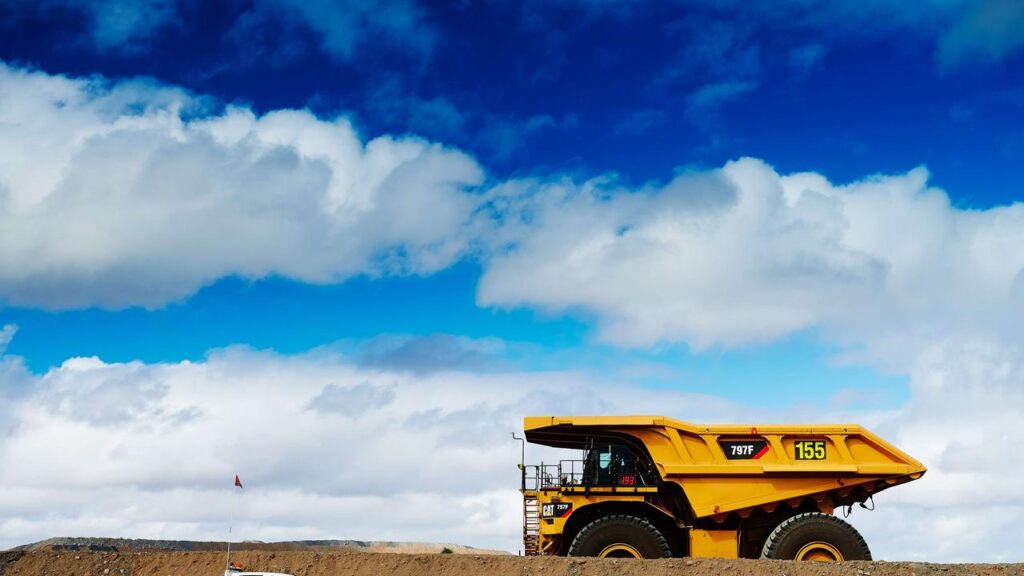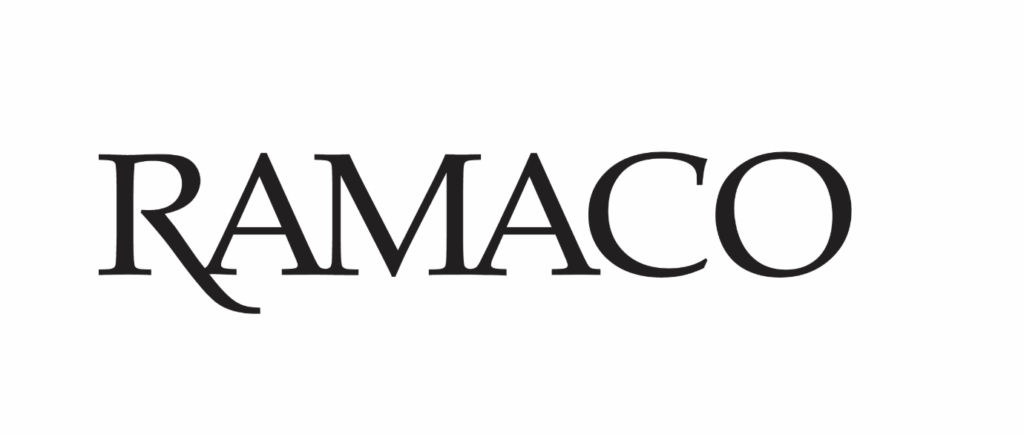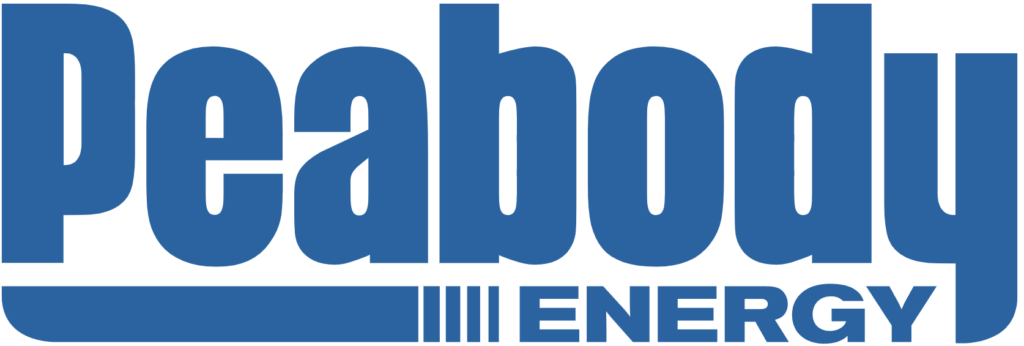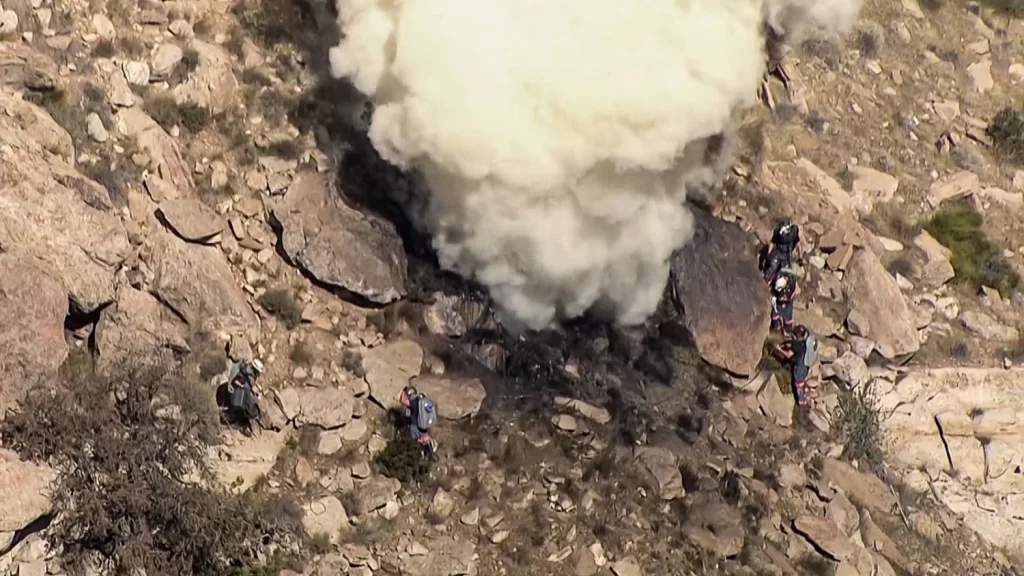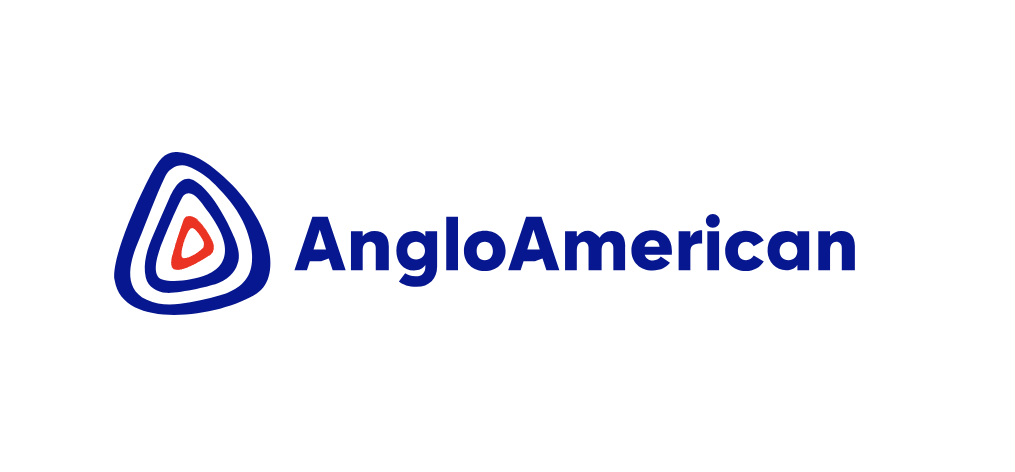Australian miner BHP expects modest demand for steel across developed countries, it said Feb. 20, citing a delayed impact of higher interest rates globally on household consumption over 2024, as well as demand for steelmaking iron ore and metallurgical coal. Nevertheless, it projected firmer demand from China and India, though it was more cautious about its outlook for the former.
While BHP expects “…demand will all be modestly firmer across the Organisation for Economic Cooperation and Development (OECD) in the coming 12 months,” its outlook for China “will remain cautious and conditional” pending favorable outcomes from China’s economic policies.
Coinciding with the release of BHP’s economic and commodity outlook, the People’s Bank of China reduced the five-year loan prime rate to 3.95% from 4.2% Feb. 20.
“The key caveat on the outlook for Chinese steel, as it has been for some years now, is the annual status of mandated production cuts. Each and every year, the breadth, timing and severity of any prospective cuts are uncertain,” BHP said. China’s crude steel output in 2023 was unchanged from 2022 at 1.019 billion mt while steel exports were at their highest since 2016. BHP’s cautious outlook came after S&P Global Commodity Insights had projected that China’s iron demand over Q1 may fall on negative steel margins.
“The demand picture has been more balanced in India, supported by increasing capital investment, and commodity demand has been accordingly robust,” BHP said.
As a result, the supply and demand of iron ore in 2024 is expected to slow from 2023 as “low-cost supply is not growing at a rate sufficient to displace the high-cost production which is required to keep the market balanced,” BHP said.
“Over the next two years we expect a small further improvement in global steel production with growth led by India, Southeast Asia and to a lesser extent China.”
BHP projected that China’s demand for iron ore will fall “as it moves beyond its crude steel production plateau and the scrap-to-steel ratio rises” but it will be offset by demand from “elsewhere in developing Asia.” Nevertheless, BHP is working to increase its iron ore production from Western Australia Iron Ore hub to more than 305 million mt/year and to 330 million mt/year after 2025 when feasibility studies are expected to be completed. For the year ending June 30, 2024, WAIO iron ore output is expected to be between 282 million mt/year and 294 million mt/year.
Platts assessed the 62% Fe Iron Ore Index at $128.8/dry mt CFR North China Feb. 19, down $1.2/dmt from Feb. 16, showed S&P Global data.
Metallurgical coal outlook
For metallurgical coal, “India is even more firmly embedded as the largest and fastest growing import region,” as China’s imports from Australia stood at “a meager” 2.8 million mt in 2023, amid “competing tons from Mongolia and Russia.” In 2023, China’s imports from Mongolia and Russia totaled 92 million mt, about 80% of the 115 million mt imported for the full year, up from 57 million mt, or 77% of 74 million mt in 2022.
“This uplift in neighboring supply is clearly limiting China’s call on seaborne trade,” BHP said, amid a bearish outlook for 2024 by S&P Global.
Platts assessed the benchmark premium low-vol hard coking coal 50 cents lower from Feb. 16 at $314.5/mt FOB Australia Feb. 19 while CFR China prices were assessed $1/mt lower at $319/mt, S&P Global data showed.

